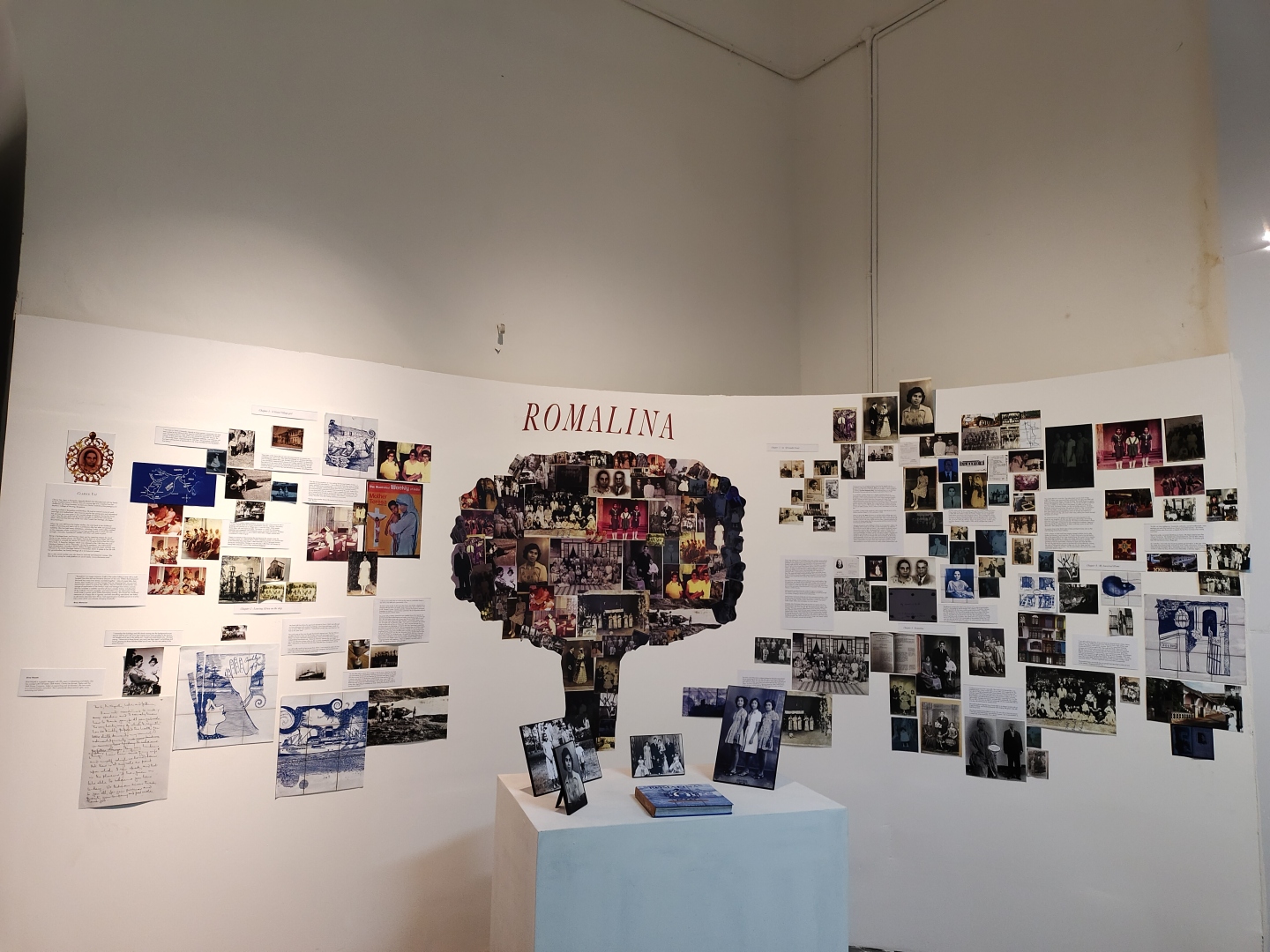‘Goa Familia: Families are like Rivers’, a curated segment at the Serendipity Arts Festival (SAF) explores family histories in Goa through their photographic archives bringing to light the many layers of human interaction with place and the dwellers in it

Documenting family histories, oral histories, is one of the building blocks to understanding the course of the past of a place and its people.
‘Goa Familia: Families are like Rivers’, a curated segment at the Serendipity Arts Festival (SAF) explores family histories in Goa through their photographic archives bringing to light the many layers of human interaction with place and the dwellers in it.
Akshay Mahajan, co-curators of the ‘Goa Familia’ project, said "The state’s location along the Indian coastline and its place in the colonial map, has led to a unique history of migration between East Africa, Macau, Portugal, Brazil, Angola, Mozambique. So when you talk to different families, you find that they have all these connections with all these places."
A town's map can provide a wealth of information about its residents' preferences, culture, trade, and migration, to name a few. Similar to this, delving into family history through their photographic collections reveals a variety of human communities connected to the place and its residents.
Lina Vincent, co-curator of the segment, said that during her research for their SAF 2022 project, the team managed to access documented migration histories of several families in Goa.
“For instance, Marius Fernandes (also known as Goencho Festakar) and his mother. You know, his mother has lived in three different continents, and she's back here in Divar right now. Her story is fascinating. The story about Clarice Vaz, is also fascinating,” she said.
Vincent also singled out the village of Moira, where some residents have documented family trees of every family in the North Goa village.
“And there are people who are committed to creating these networks, so that people know what their roads are, where they went, where they came from, who are the separated members of the family whose children are, who are married to an outsider, who married an insider. So, you know, that sort of things is what we have learned, that some of the histories, which are even widespread, are wonderfully documented,” she said.
Just how difficult was it to track down families who have documented such family histories?
“With oral history, it’s always a slow process. You can't just land up in somebody's house and say, show me your album. Through many conversations, we reach the point of comfort for sharing that kind of information. So we respect that, and we hope that it continues on the time. We definitely do need economic support, regardless of anything, because none of this can be done for free. We need to spend time and energy,” Vincent said.
According to Mahajan, documenting past histories for the current generation, can in fact help build a bridge to the future.
“There are some pictures from 50 years ago, some date back to the time when the process of photography was invented in the 19th century. So already we are seeing these many layers. By plotting what people feel about these old photographs, you can actually look at what people in the future might think about these things. While we might feel a sense of nostalgia, they might feel a sense of loss. They might find a connection to their own history, or who can say? Or it might be something completely reversible,” Mahajan also said.